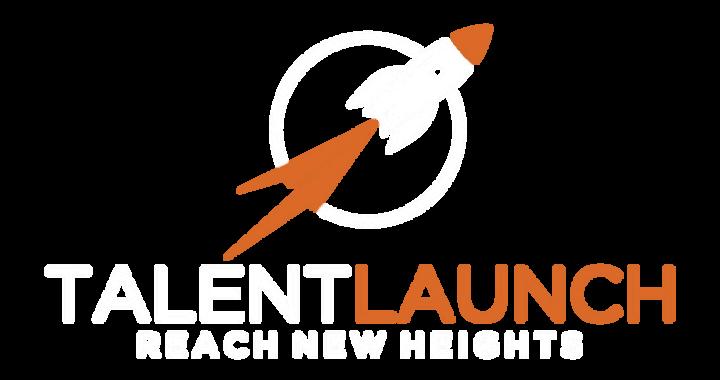

Recruiting
Guiding you through the functions of Recruitment, through the TL Intranet & other resources
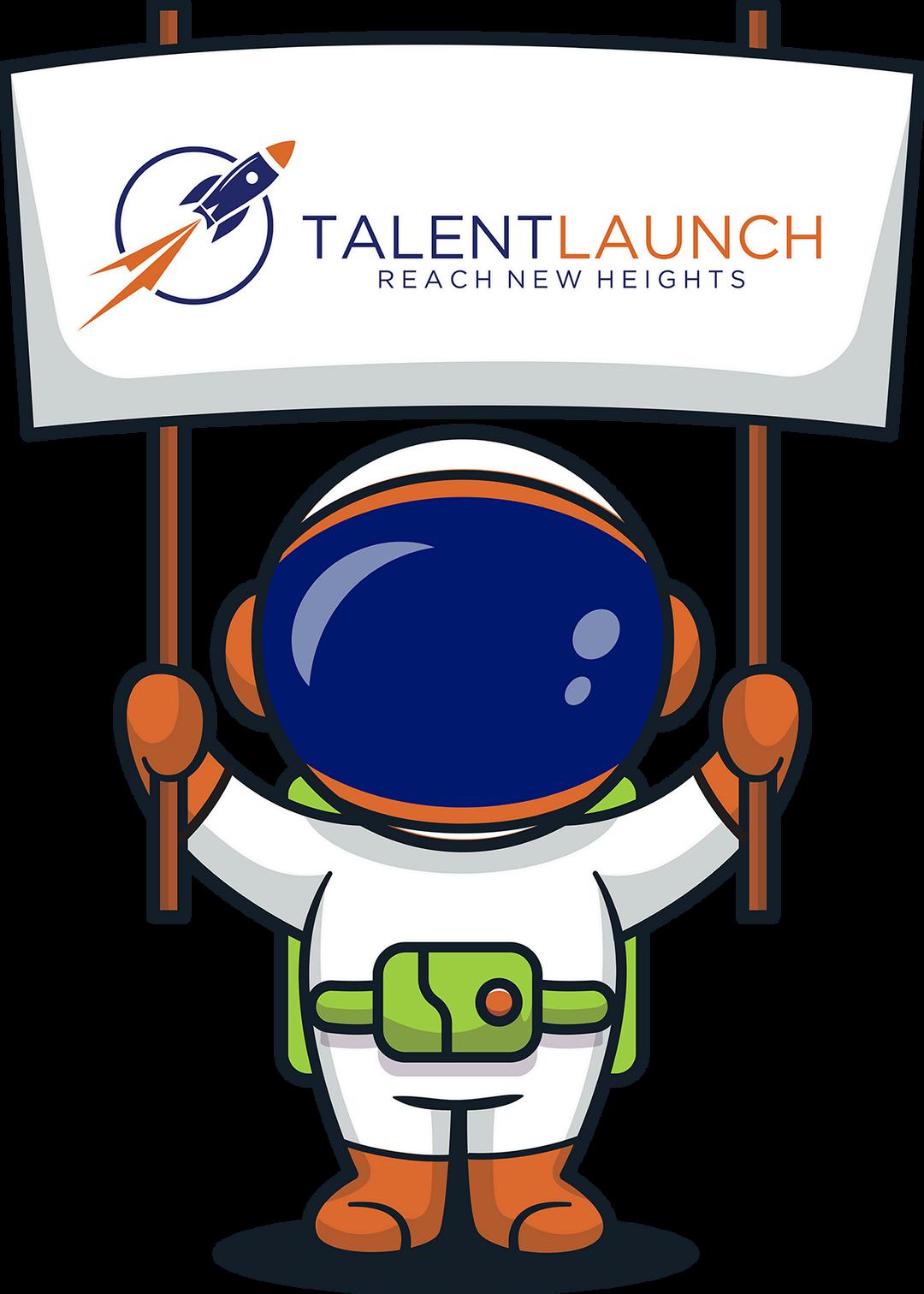
Last Edited: October 2024
Prepared & Maintained by: Quality Management System (QMS)
Introduction
Recruiting Workflow
Peformance & Analytics
Metrics to Track, Outcomes, Effort
Using Data to Drive Your Day
Incoming Job Orders
Sourcing Talent
Identifying Talent Pools
Build a Database
Engage & Interview
Resume Screening
Conducting Interviews
Documentation
Match to Opportunities
Assessment Tools
Internal Submission
Regular Communication
Client Submission
Crafting Job Offers
Negotiation Techniques
Onboarding & Integration
Onboarding New Hires
The Hand-Off
Continuous Improvement
Appendices
Templates & Forms
Glossary




I N T R O D U C T I O N
Welcome to the Recruitment Rocket Guide!
This manual is designed to be your ultimate resource for navigating the exciting world of recruiting in the staffing industry.
Whether you are a new hire or a seasoned professional, this guide will provide you with the essential tools, strategies, and insights needed to excel in your role.

Significance in the Staffing Industry
Recruiting in the staffing industry refers to the process of identifying, attracting, and acquiring top talent to meet the staffing needs of our clients. It is a critical function that drives client satisfaction, enhances service delivery, and strengthens the firm's reputation in the market. Effective recruiting involves a blend of sourcing, interviewing, and strategic planning to meet the everevolving needs of clients and the job market.
Place on the Team
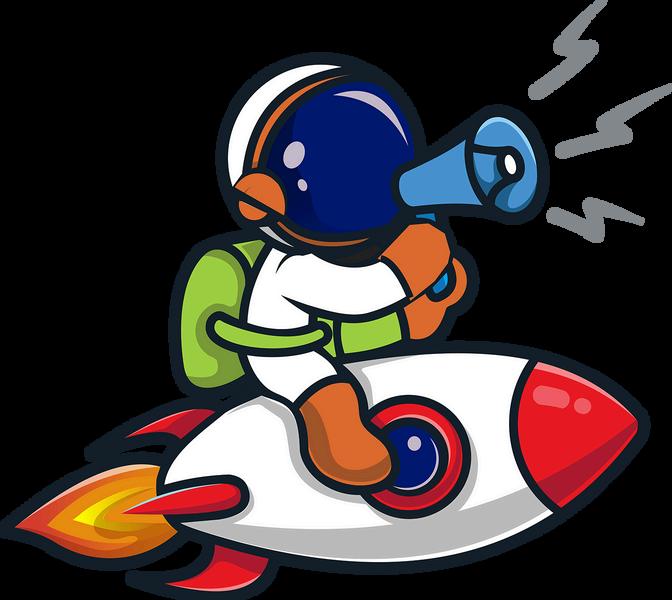
Business Development generates the new business, checking into the leads provided by the team and which they find themselves; Managing Prospects in their funnel to sign as many as possible to grow the business in a Practice Area
Client Management manages a portfolio of Client accounts to expand them through long-term business relationship, as well as managing on assignment Talent Working on their Client accounts
Recruitment manages a candidate funnel of various skills, tenure, and abilities to provide the team with a variety of options for the different Client accounts in a Practice Area, collecting leads for expansion and sales along the way
Recruiting Workflow
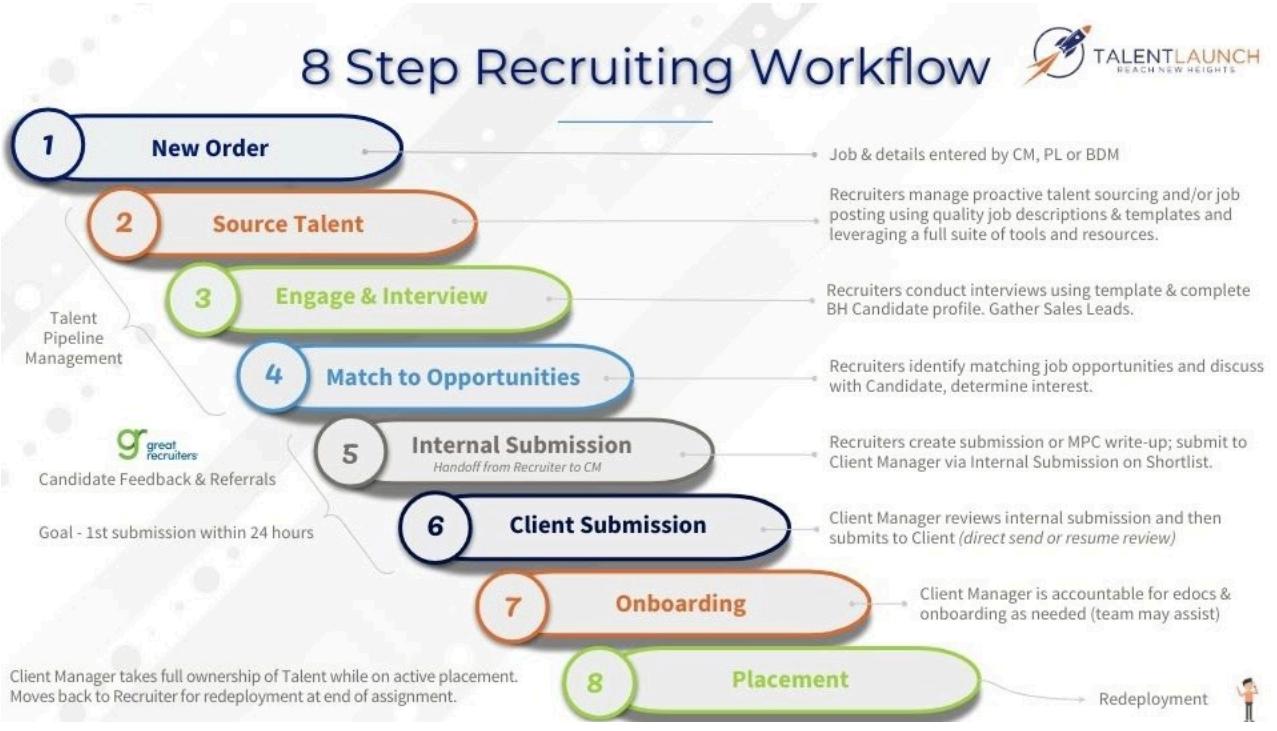
Click the button to check out the 8 Step Recruiting Workflow on the Flight Deck
While Job Orders are usually entered by CM, PL, or BDM, there are times when Recruiters are entering the JO, so be sure to check with your Leader Sometimes there are shared responsibilities for a number of these steps!
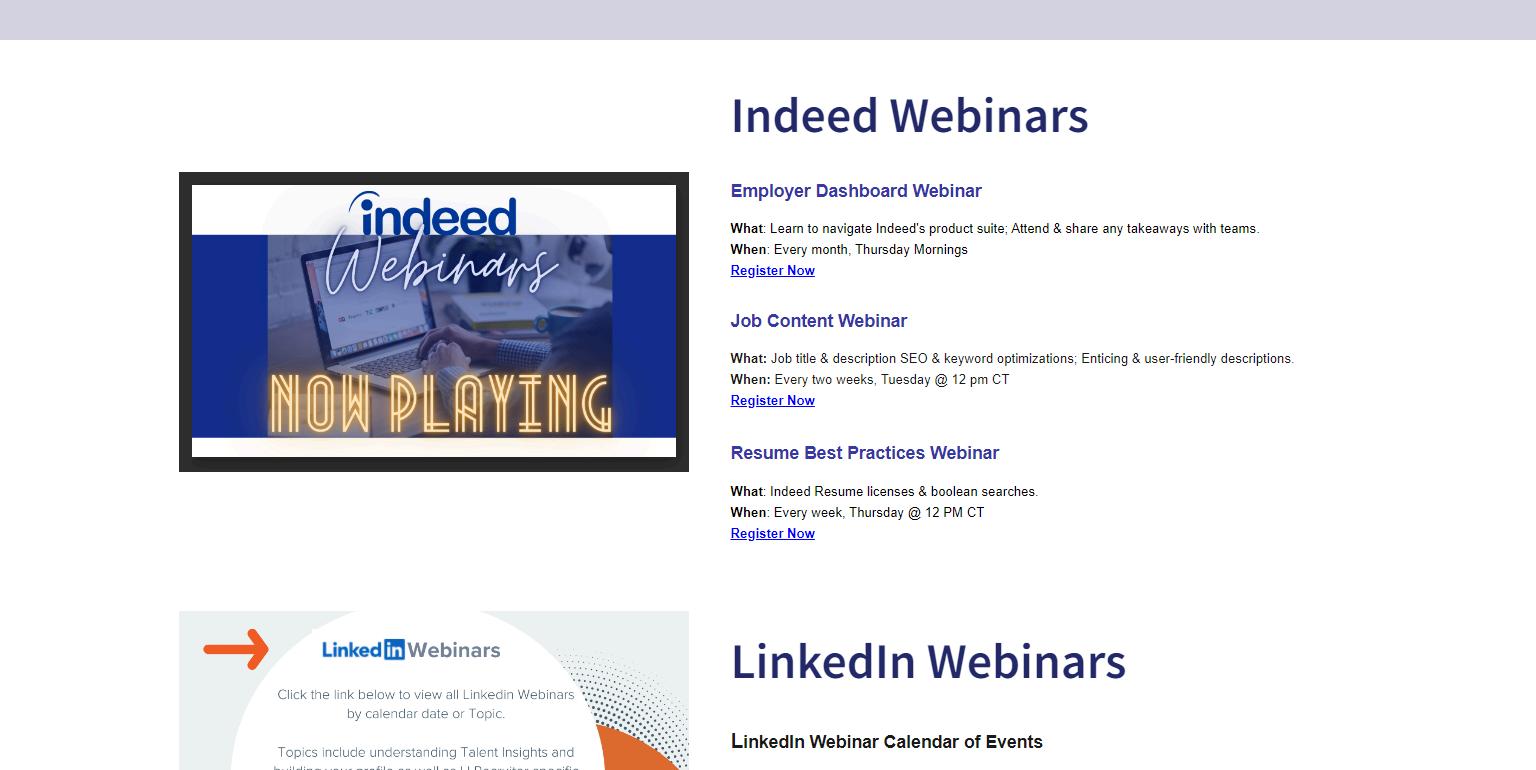

Active Learning
CEO Aaron Grossman showcases key lessons learned along his professional journey in a series called Tidbit Tuesdays. This weekly series highlights techniques from Sales to Recruiting to Client expansion
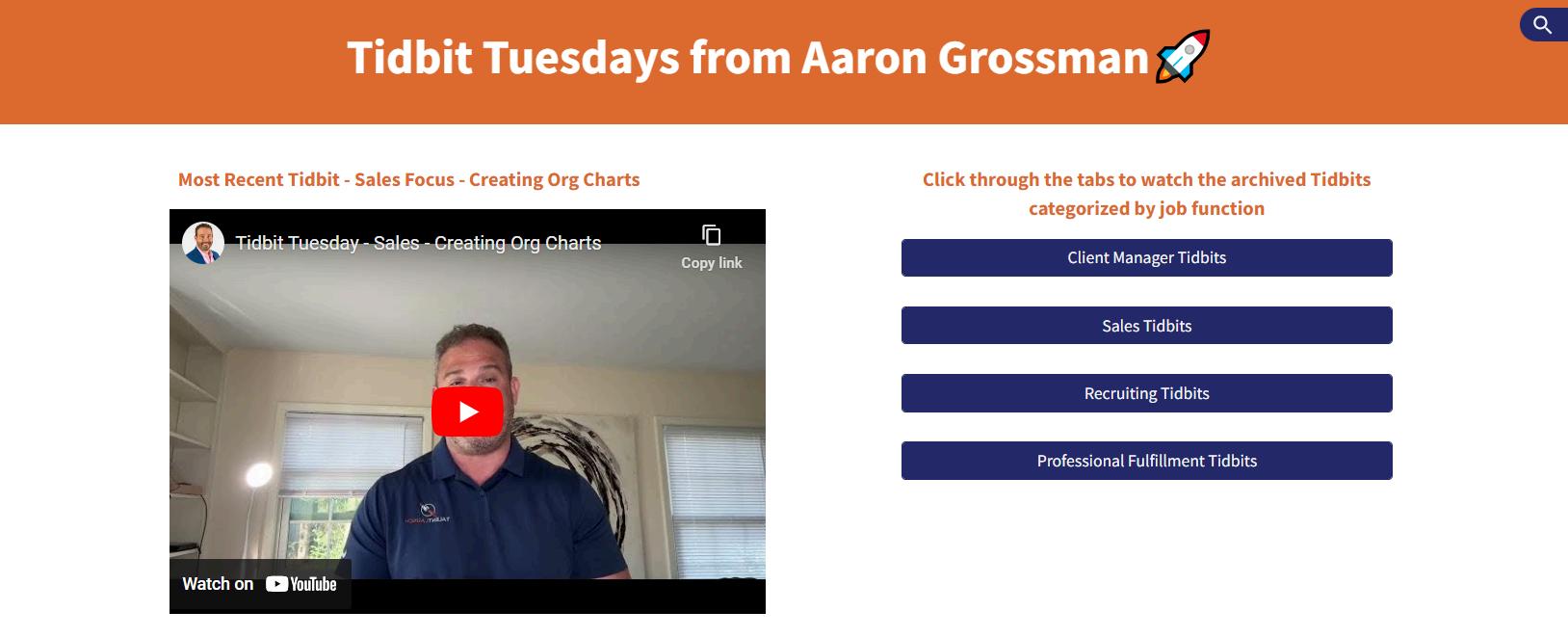
Click the button to check out the Tidbit Tuesdays from all phases, by Aaron Grossman!
TalentLaunch Go! Is our learning platform for new hires and current employees seeking to build their foundational soft skill sets in their role. TLG is broken into phases with each topic being a skillset to learn within the phase.
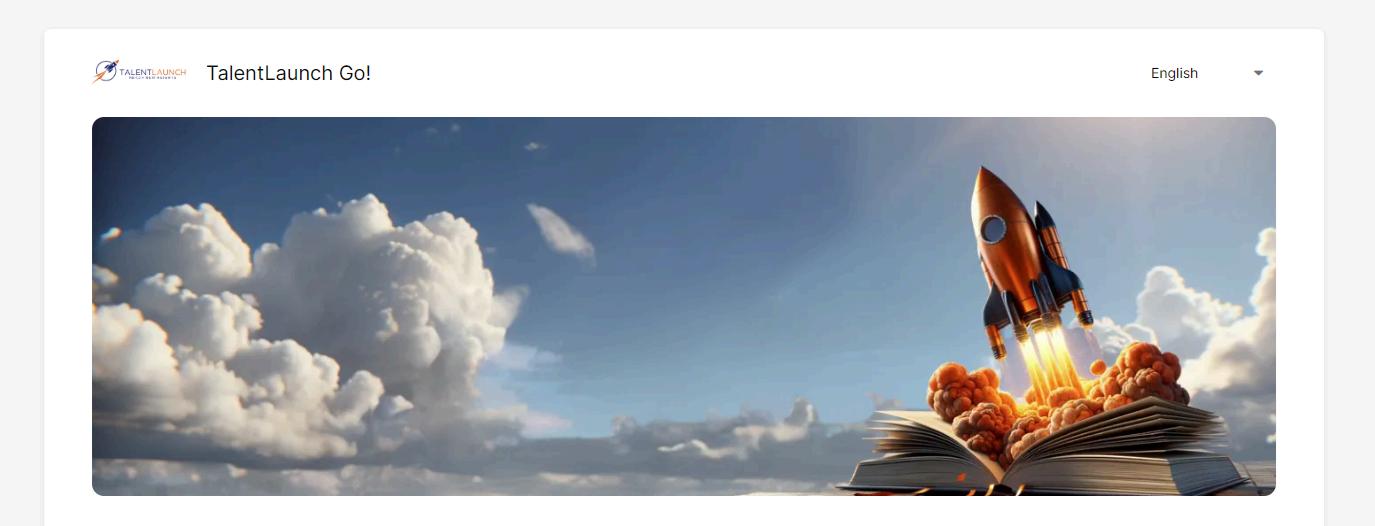
Click the button to check out the Learner Guides to walk through what is covered in each topic!




P E R F O R M A N C E & A N A L Y T I C S
Metrics, Outcomes, Effort
At TalentLaunch, we track the following Key Performance Indicators (KPIs) that have been proven, when executed correctly, to lead to success. These KPIs will provide valuable insights into the effectiveness of your recruiting strategies and help you identify areas for improvement. Below are the key metrics to track:
Talent Connects
Importance: More touchpoints with potential Talent can boost conversion rates and strengthen relationships Live connections are crucial for building rapport and trust, providing immediate feedback and dynamic conversations that ultimately nurture the candidates in your database
Internal Submissions
Importance: First impressions are crucial, and a strong submission can significantly improve the chances of candidate selection (and help your team run smoothly, wasting less of the CM/PL/BDM’s AND the talent’s time) These submissions provide an opportunity to present the best-suited candidates to CM/PL/BDM effectively. The faster and more accurate you make them, the faster the CM/PL/BDM can make a submission to the client and the faster a start can be made.
Starts
Importance: Successful candidate starts contribute directly to the firm's revenue growth and market expansion, validating the effectiveness of the recruitment strategy.

Using Data to Drive
We leverage Bullhorn (our Applicant Tracking System or ATS) as our one source of truth. It's critical that all contributors consistently input accurate data. The information in Bullhorn powers our marketing automation tools and feeds our business intelligence tool Power BI.
With the help of Power BI, we utilize our data to guide our strategies, decisions, and coaching. We offer specific reports to help recruiters understand how they are performing and where they can focus their efforts to drive revenue.
You can find the link in the Managed Bookmarks at the top left corner of your Google Chrome Internet Browser. Click


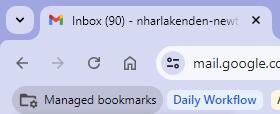

You can also easily view the skillsets and industries your practice area is staffing for by using PowerBI
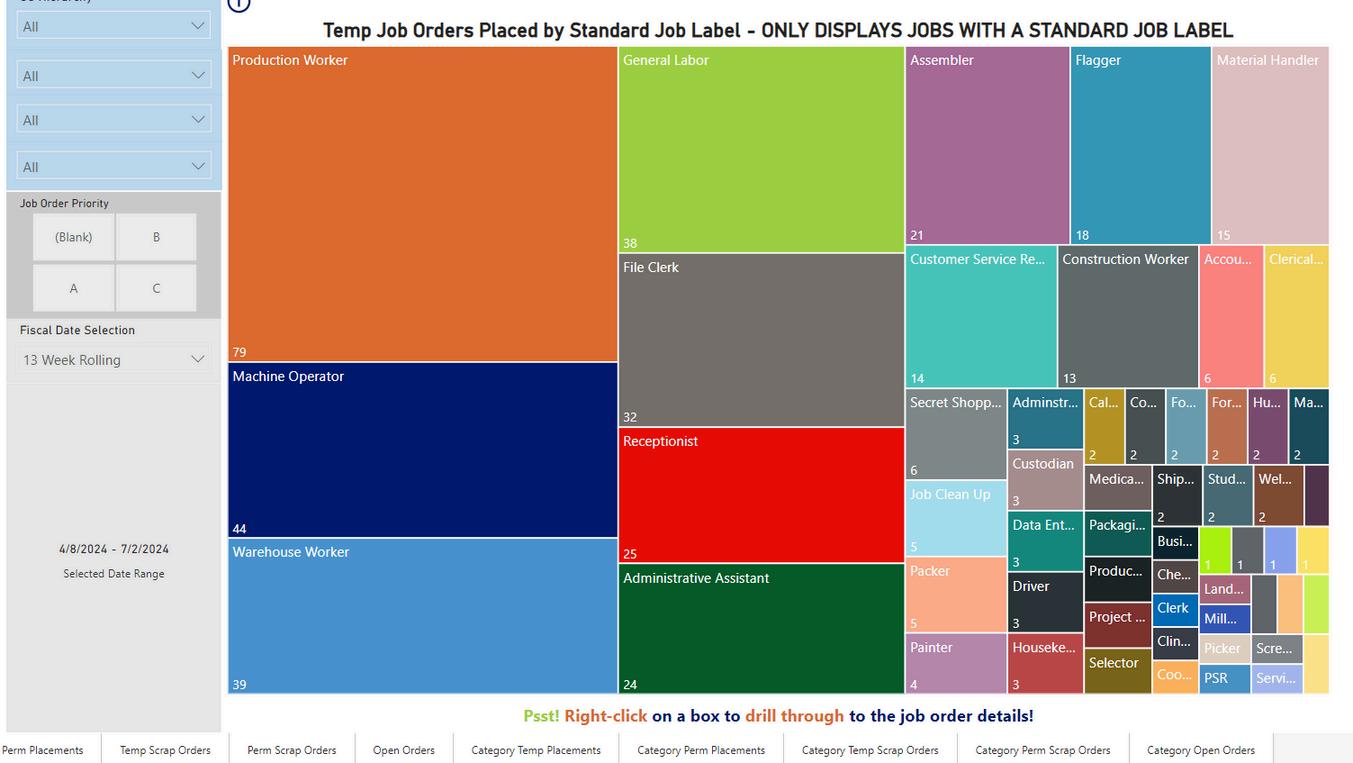
Remember that PowerBI is super powerful, so use the filters on the sides, an the tabs at the bottom to navigate and change your view.
Curious about what reports Senior Leadership looks at regularly?
Click the button to check out the Light Industrial Toolkit list on the Deb’s Desk page of the Intranet
Click the button to check out the PowerBI Reporting Guide on the Flight Deck
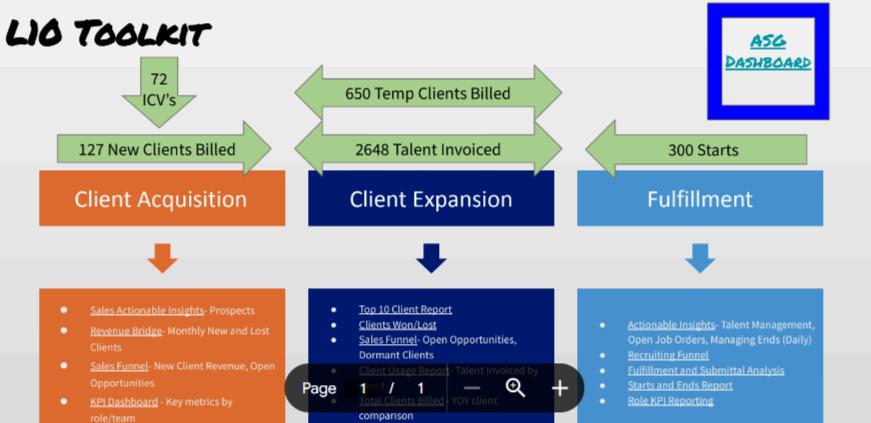
Actionable Insights
The Recruiting >> Actionable Insights report in PowerBI helps you track your progress againstopen job orders and upcoming ends. See which Talent need outreach, prioritized by upcoming end date, and more.
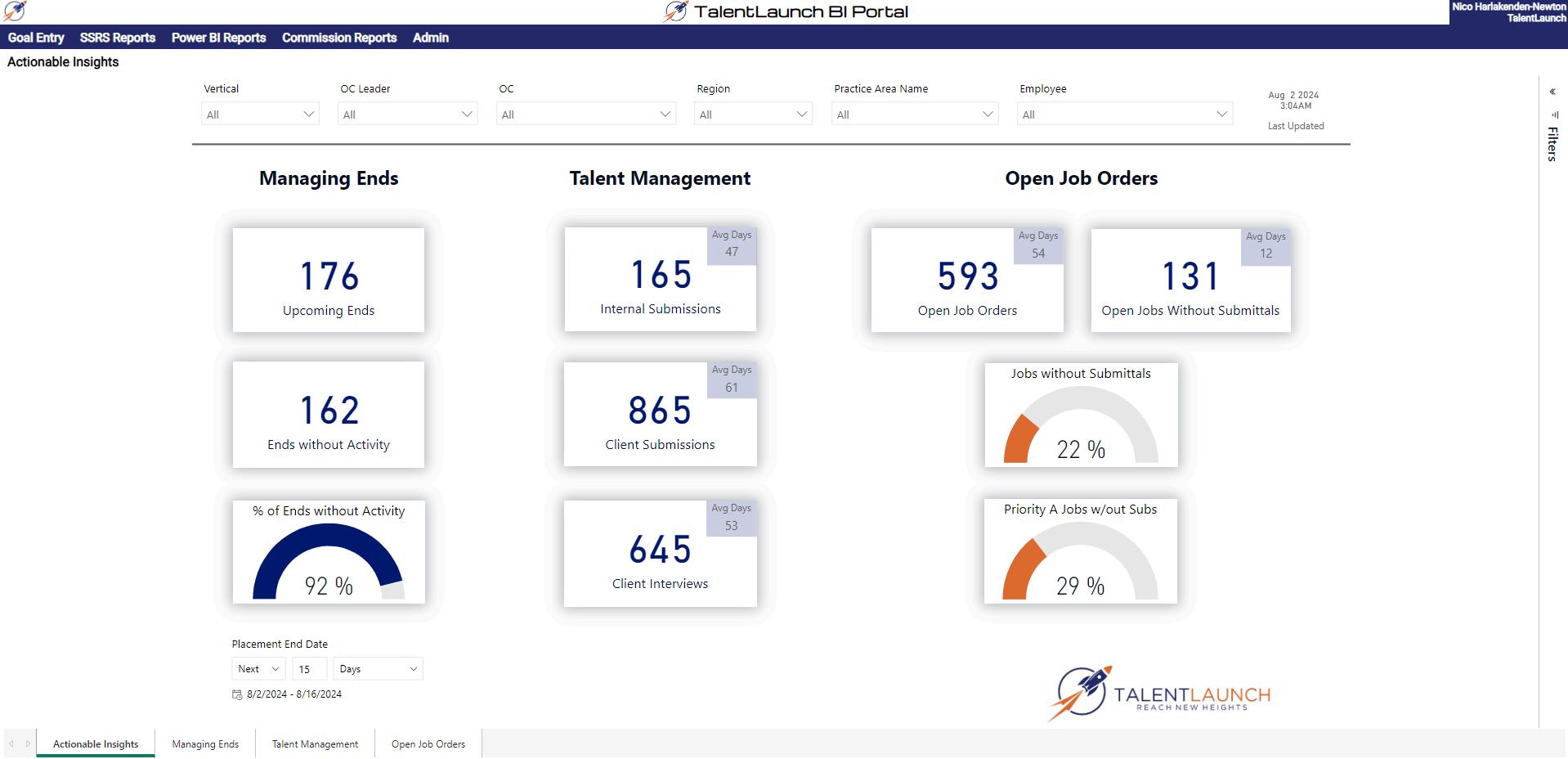


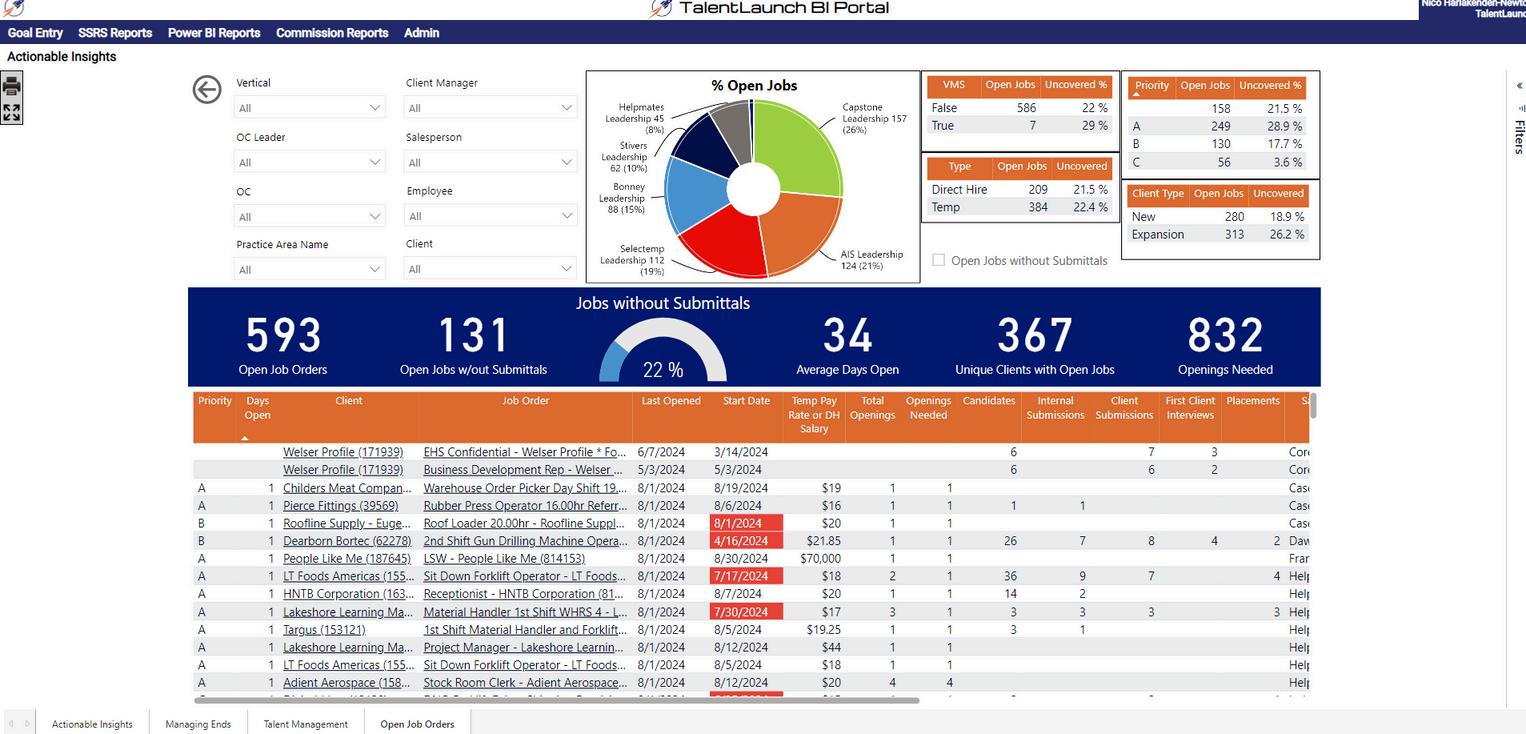

Click the button to check out the Actionable Insights Dashboard in PowerBI

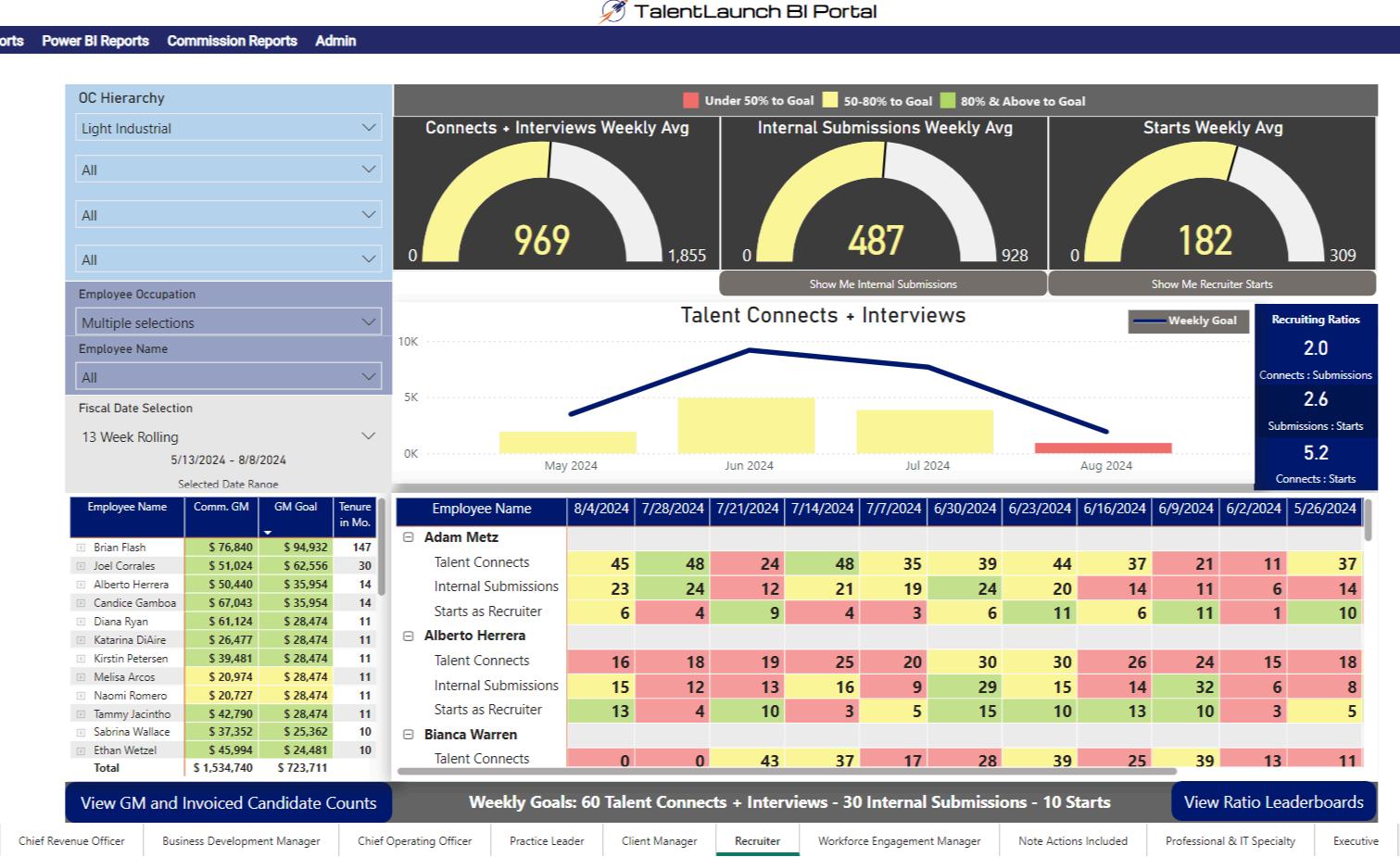
Use the tabs for naviation through roles; Track your Key Performance Indicators week to week and compare with your team and peers in a similar role This would be a great report to discuss in your 1:1 with your Leader to discuss improvement strategies
Leaderboard by role: Select your role to view how you compare to the top performers in your role. Network and leverage their best practices when it makes sense for your workflow and industry
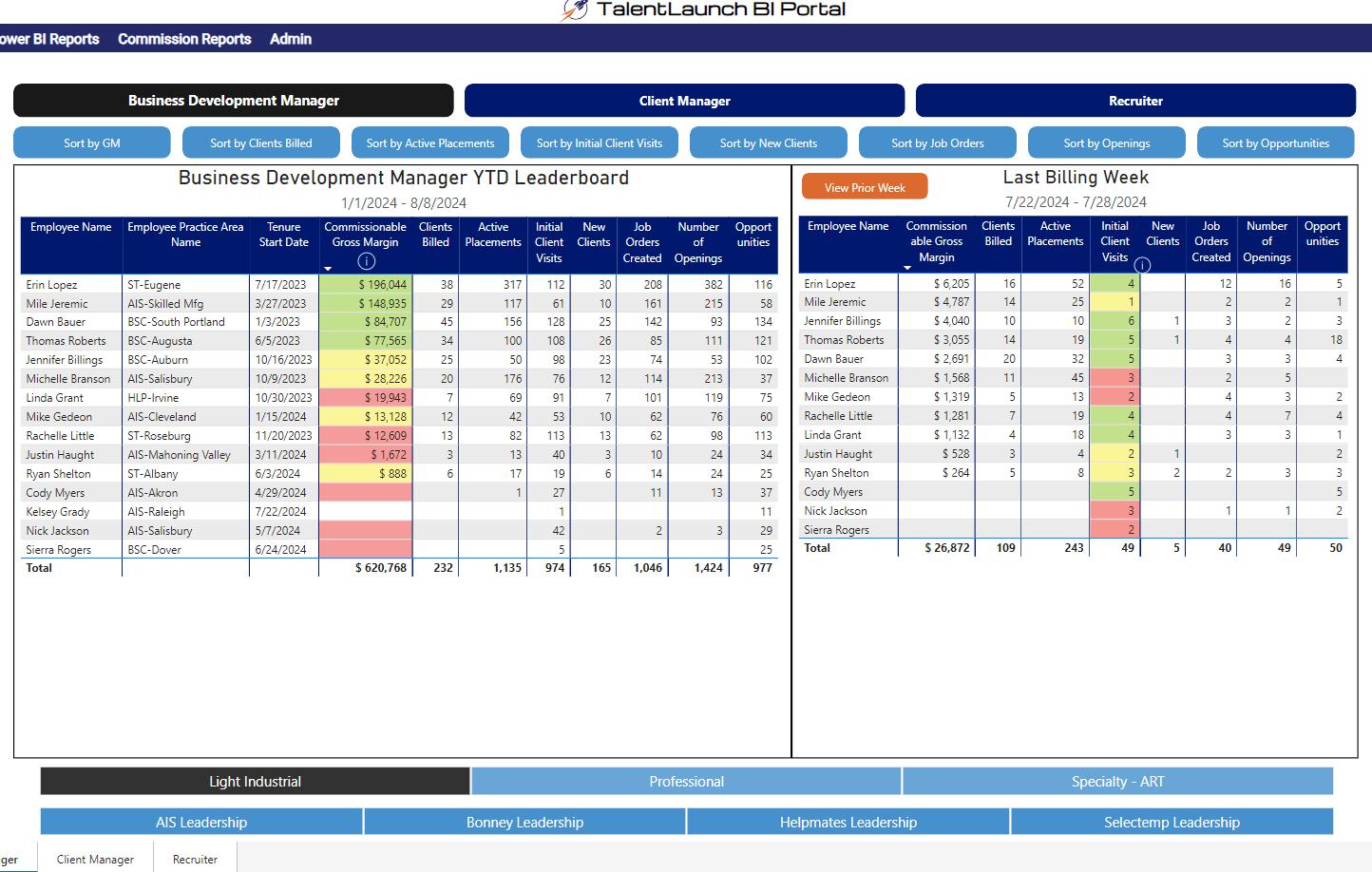





I N C O M I N G O R D E R S
New Orders
A New Job Order can come in from a client or prospect at any time. Your team will indicate in the Daily Huddle team meeting or even real time by tagging you to an open order or letting you know via email/chat
Look for key order details in Bullhorn fields such as Service Delivery, Job Description, Shift, Pay, and even investigate the Client Bullhorn record if you’re looking for more information such as website, etc.
The first place you should always check to find Talent to match to the Job Order (JO), is the Bullhorn ATS
These are previous applicants or folks within the Network who have indicated at some point in the past that they would like to work with us. Use an advanced note search to find specific information, use saved Favorite searches to quickly find necessary job preferences in your preferred layout, and even check your Tearsheets of past Top Talent you’ve ID’d in the past that you want to keep track of for just such an occasion.
Finding the normal skill sets your Practice Area hires for should not take very long if you’ve been building your pipelines within the ATS according to their preferences and skills.
Click the button to check out the Job Order Guide on the Flight Deck to familiarize yourself with the basic functions and components of this Bullhorn Record type
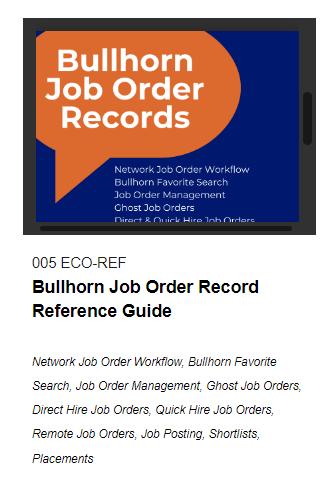
If Bullhorn is the first stop, then Sense is the second.
This method of communication to existing candidates en masse is through our messaging (SMS & email) platform. It allows you to leverage your well-kept data in Bullhorn fields into customized, relevant conversations with a volume of Talent. No Recruiter is successful without tools such as these
There are two ways for recruiters to immediately reach candidates within our database:
Sense Broadcast -- the ability for the recruiter to directly text up to 100 people at one time. Because this messaging is targeted directly at Talent in your database, it’s crucial for you to use the information gathered into the BH fields to filter to the most apropos audience that will want to hear what you have to say / may be interested in your particular job offer. If you send too broad of a broadcast, too frequently, you are working against yourself as your Talent will catch on, potentially grow tired of hearing from you (feeling as though you didn’t listen to their search preferences/skills), and will opt out of future SMS messages, never hearing from us again Spamming irrelevant messages through Sense is a business liability.
Hot Job Blast: The Marketing team can send mass text or email messages to up to 2,000 people at once. Submit a Fresh Service ticket with audience parameters, such as geography/radius, candidate status, and PAIRS rating.
Click the button to check out the Sense Campaign Creation form in the FreshService portal to request a mass email/SMS




S O U R C I N G T A L E N T
Building Relationships
Building strong relationships with talent is fundamental to successful recruitment. How you treat candidates is directly correlated to our success, whether or not we place them.
When candidates trust you, they are more likely to be open and honest, providing valuable insights that help you understand how well they match a job. When they believe you are knowledgeable and working in their best interest, they are more likely to accept a job and recommend you to their friends.
Strategies for Building Strong Relationships:
Be Transparent. Provide clear and honest information about the role, company, and recruitment process
Actively Listen. Show genuine interest in candidates' experiences and career goals
Follow Through. No one likes to be ghosted. Follow up when you say you will
Personalize Interactions. Treat your candidates as individuals by tailoring your communication concerns and interests.

sitive candidate ships, builds ou itment efforts.

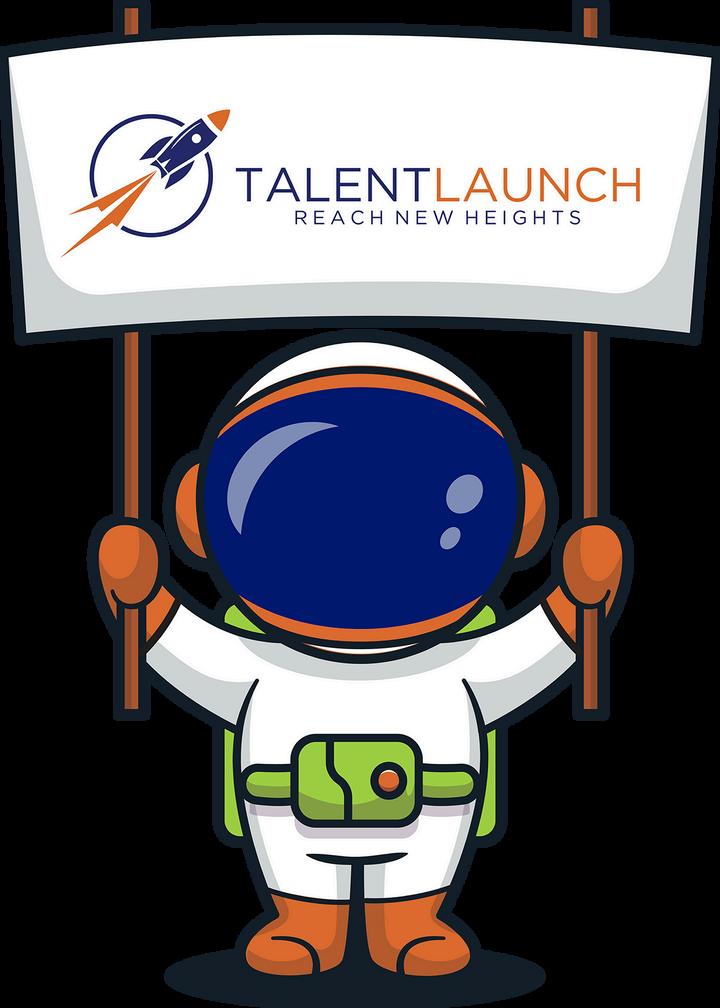
ID’ing Talent Pools
A talent pool strategy is how you will find and engage potential candidates, while a recruitment strategy is how you will convert them to placements.
The talent pool strategy sets the direction to find and engage potential candidates so you can promote your core message and build interest in your employer brand.
Click the button to check out the Glossary on the Flight Deck to familiarize yourself with the standard vocabulary used in the Network
Build a Database
A well-maintained talent database is an invaluable asset for any recruitment team. It enables you to proactively manage potential candidates, ensuring you have a ready pool of skilled professionals to tap into when specific roles need to be filled. This forward-thinking approach not only streamlines the recruitment process but also gives you a competitive edge in securing top talent swiftly.
Key Benefits of a Talent Database:
Reduced Time-to-Hire: Having a database of pre-screened candidates reduces the time spent searching for and vetting applicants, allowing you to fill positions faster. Quality Candidates: A proactive talent database allows you to build relationships with high-quality candidates over time, ensuring that you have top talent readily available.
Strategic Workforce Planning: By tracking the skills and experience within your talent pool, you can anticipate future hiring needs and align your recruitment strategies accordingly
Improved Candidate Experience: Engaging with candidates before a position opens helps build a positive relationship and improves their overall experience with your company
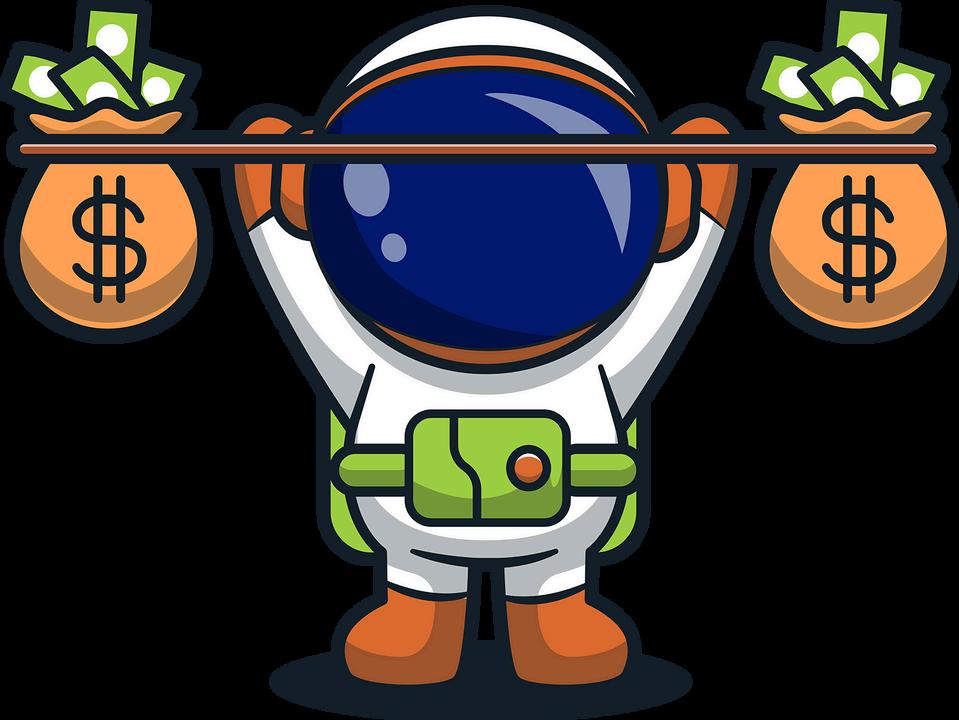
1. Cater to Ideal Candidate
TalentLaunch OCs should provide a lengthy list of details in the fields provided in Bullhorn regarding Clients, the open Job Orders, and more
By housing this information in Bullhorn, it makes it easy for there to be one source of truth for the entire Network and allows the OCs to work together, and you to create a clear and detailed picture of the ideal candidates for your recruitment efforts, making it easier to create job descriptions that will attract top talent.

1.
Use the Client record first to familiarize yourself with the company culture, benefits, view the Client’s website and more This should give you a better idea of who would be happy placed there.
2.
Service Delivery & the Job Order details in many fields should house nuances from prior and current needs These should describe the required skills, amount of experience, and qualifications.
3
Analyze Prior Successful Employees by asking the CM or BDM and reviewing long term placements or direct hires in Bullhorn attached to the Job Order record.
4
Consult CMs & BDMs who have a relationship with the Client and may have heard more than is listed in Bullhorn. If applicable, this is a great time for you to work together to notate info in the appropriate fields to spend less time searching in the future.
6.
5. Consider Future Needs. This could be skills that could become important as the industry evolves, or potential for Talent to grow and adapt (as well as future ancillary openings). Be proactive, not reactive. If you can do this, you’ll be more successful than most of your competition
Create Personas & Draft a Job Description (JD) that speaks to them! Personas will help you envision important demographic information, career goals, and motivators. Tailoring your job description to them will make the ad more effective and less costly Having a hard time? Ask ChatGPT and provide it with your personas and job descriptions.
Types of Job Ads you can post:
FREE: OC Job Board
Consider this a brand builder -post EVERY job you have here to drive traffic

FREE: Organic Job Post
Another brand-builder for traffic, but more time-consuming and studies show less effective, so use wisely -mostly useful in community board situations
PAID: External Job Boards
Consider carefully when to leverage paid ads, how to maximize them, and if you’re posting so many ads at once that you’re paying multiple times for the same applicants
Click the button to check out the Job Order Guide on the Flight Deck to familiarize yourself with Job Posting
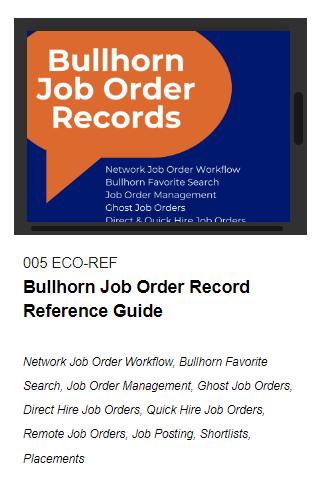
2. Trends & Market
Where is your operating company strong? Thoroughly review your brand’s website by using your Managed Bookmarks:

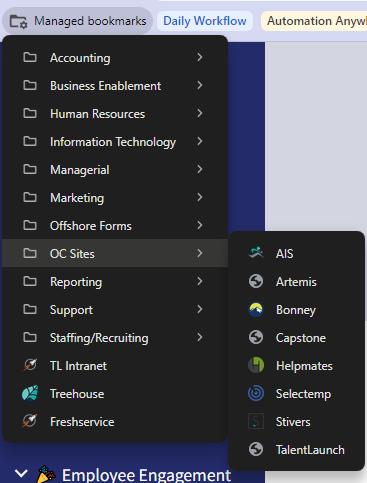



Click
Click the button to check out the Bureau of Labor Statistics website for industry insights
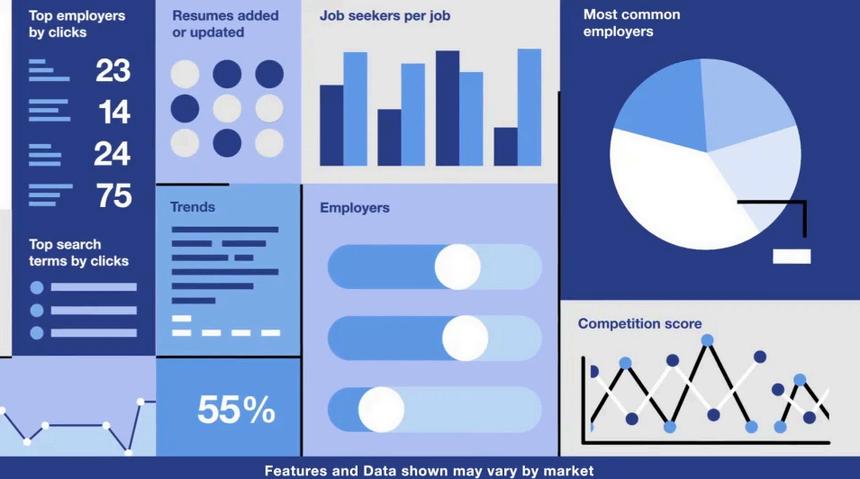
3. Online Sources
The benefits of knowing online resources are endless Understanding how to integrate them all regularly into your workflow provides a competitive advantage.

Google search professional associations and organizations in your area.
Keep your Talent list view in Bullhorn current! Who’s looking for work? Systemize a way to keep them warm & updated.
Improve your professional network on LinkedIn (Xing, Wellfound, and MyOpportunity as apropos)
Check out other top job boards & websites (Indeed, Glassdoor, Monster, CareerBuilder, SimplyHired, ZipRecruiter)
Don’t forget industry-specific job boards: Dice, Behance, Dribbble, Mediabistro, Hcareers, SimplyHired, MyWorkChoice, Snagajob
Social Media is a great way to occasionally share top openings, and using groups to reach a new network (e.g. Facebook Groups)
Using niche communities & forums can teach you a lot about your industries and what job seekers are going through (Reddit, Stack Overflow, GitHub)
Occasionally check in with local colleges, universities, apprentice/training programs, and Talent Marketplaces/Recruitment Platforms
On top of external online sources, don’t forget to leverage internal learning tools and items to make your recruiting workflow more efficient

Click the button to check out the Job Posting Images in the Marketing Toolkits on the Marketing Intranet page -- branded for your OC!
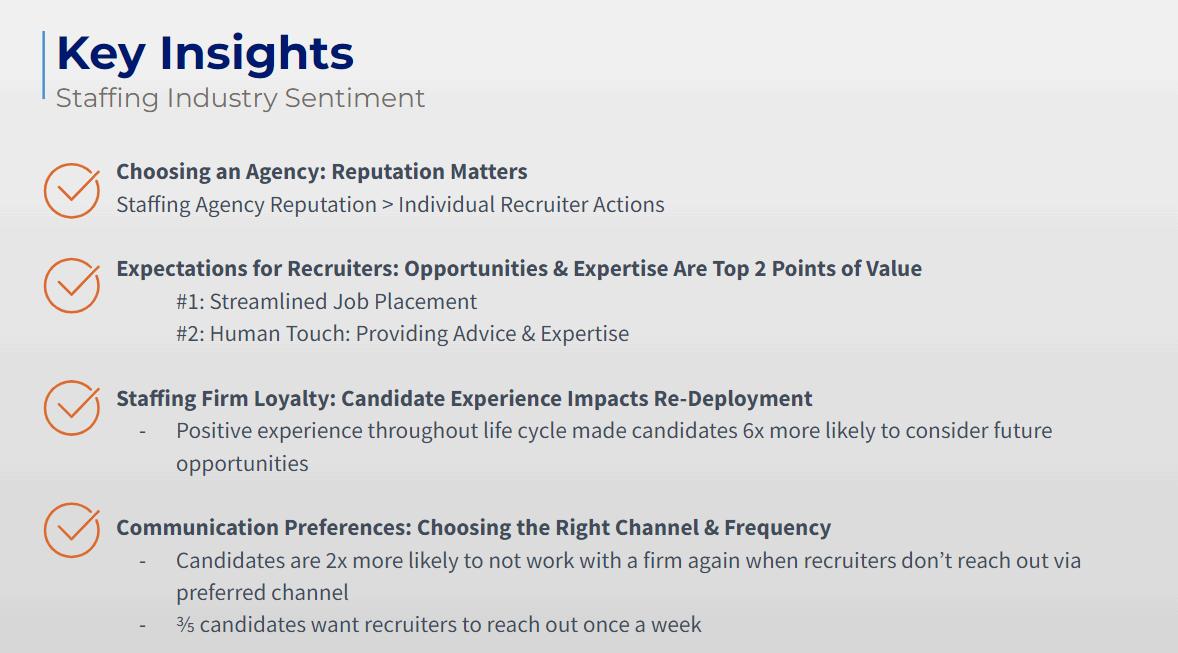
Click the button to check out the Recruitment Marketing insights on the Marketing Intranet page Tools section!
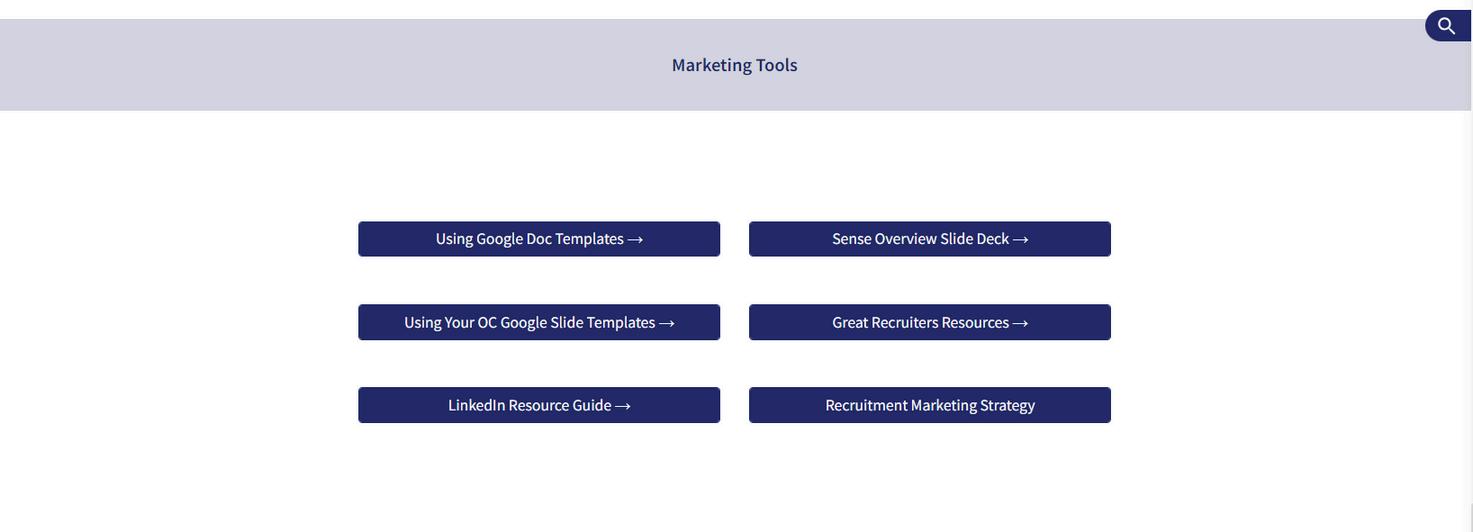
4. Network & Build Relationships

Attend Industry Events and Conferences
Participate in industry-specific conferences, seminars, and trade shows to meet potential candidates and stay updated on industry trends. Engage with attendees through discussions, workshops, and networking sessions.
Participate in meetings, webinars, and events organized by associations to connect with industry professionals.
Utilize Social Media Platforms
Use LinkedIn to connect with potential candidates, join industry groups, and participate in discussions.
Share valuable content and insights related to your industry to build your reputation and attract talent
Host and Attend Job Fairs, Collab with Higher Ed
Organize or participate in job fairs and recruitment events to meet potential candidates face-to-face.
Set up informational booths and engage with attendees to promote your company and open positions; Participate in campus recruitment events, offer internships, and provide guest lectures to build relationships with potential candidates.
Talk Up Your Employee Referral Program OFTEN!
Confirm your program with your Leader and encourage current employees and interviewees to refer qualified candidates from their networks.
Engage with Online Communities and Forums
Join and participate in online communities, forums, and discussion groups related to your industry.
Share knowledge, answer questions, and provide valuable insights to establish yourself as a trusted professional and attract potential candidates
Host Informational Sessions and Workshops
Organize informational sessions, webinars, and workshops on industry-related topics to attract and engage potential candidates.
Use these events to showcase your company’s expertise and opportunities.
Follow Up and Maintain Relationships
Keep in touch with potential candidates, even if they are not currently seeking a new job.
Send regular updates, newsletters, and personalized messages to maintain relationships and keep your company top-of-mind values
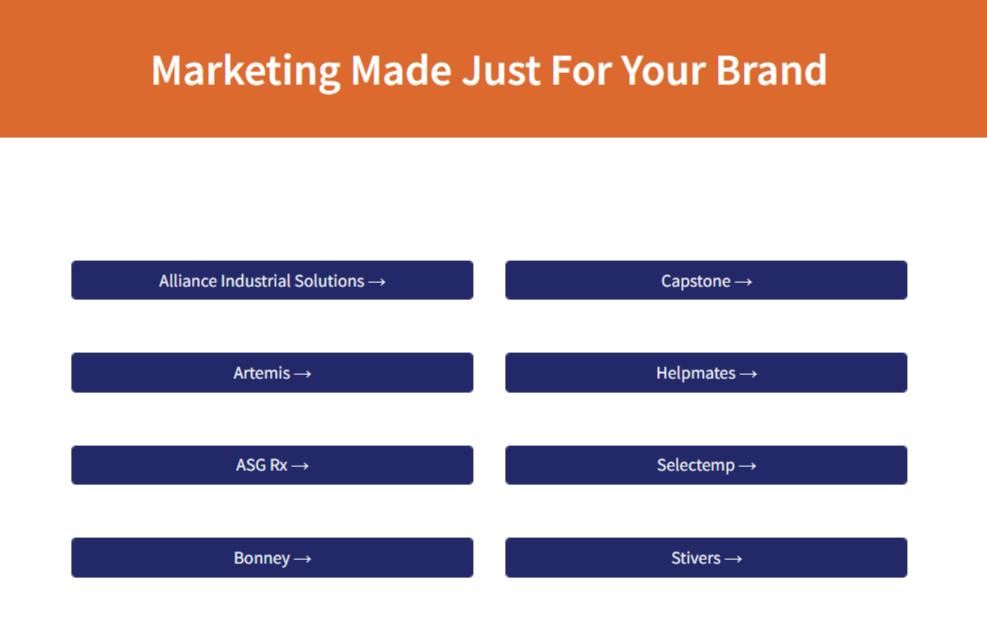
Click the button to check out the Marketing Toolkit on the Marketing Intranet page -- for flyers to bring with you which are customized for your brand!
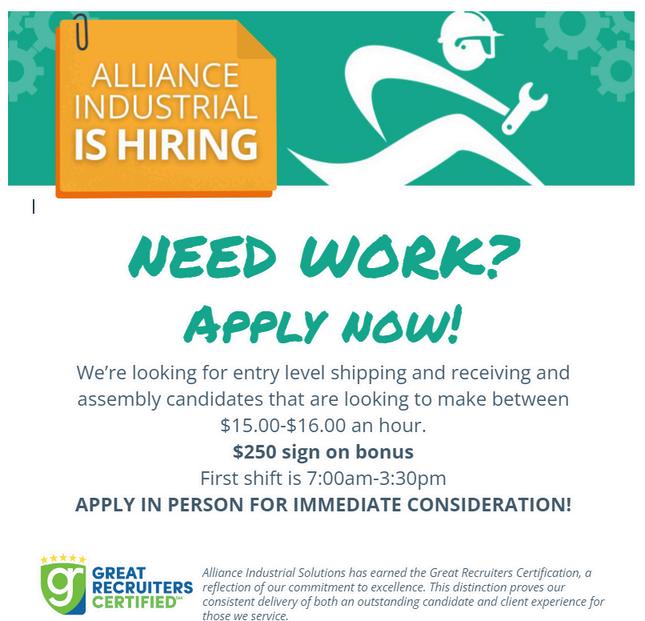
5. Leverage your funnel: Referrals & Leads
Referrals are a powerful tool in the recruitment process. They often yield highquality candidates who are pre-vetted by your trusted network, resulting in a more efficient and effective hiring process Referrals lead to collaborative success (a referral may be good for another’s opening) and enhance your company reputation A healthy referral process might look like:
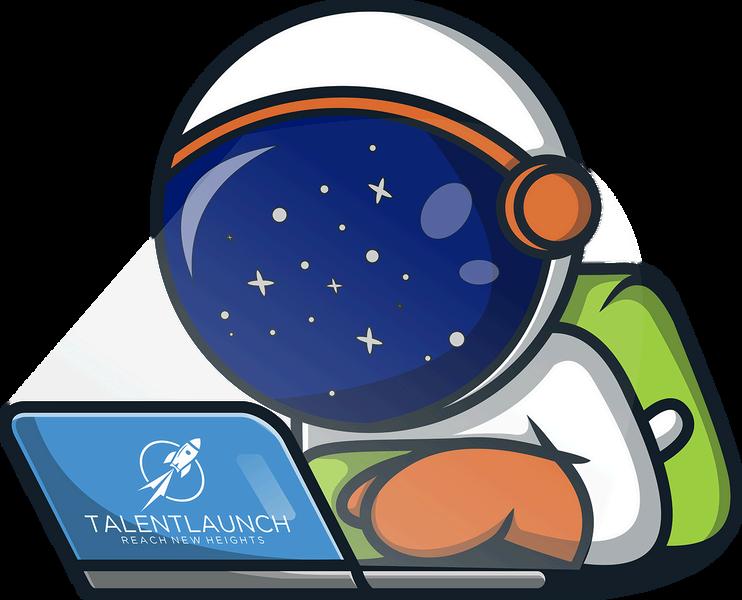
Streamlined Process: Simplify your referral process by knowing the filing and tracking process in Bullhorn and by providing the Talent with clear instructions.
Support and Resources: Provide Talent with the necessary resources to make referrals Don’t forget to set target goals and review your success: this is an easy way to remain competitive
Leads are very much the same.
By understanding the importance of lead collection and actively participating in these efforts, you can significantly enhance your recruitment outcomes and contribute to the overall success of the firm
Gathering and sharing client leads from candidates:
Enhances our recruitment efforts by expanding the Job Orders available for Talent to select from
Provides our sales team with valuable insights into market trends and potential opportunities
By identifying top talent and understanding their journey, we equip our sales team with the information they need to craft compelling pitches
Helps build stronger client relationships, ultimately driving our company's growth and success
Watch the Lead Generation video on best practices; The best time to collect leads is during the Interview!
Remember to document each and every call, conversation or action in the Bullhorn ATS with the correct Note Action type ASAP!
That’s also a great opportunity to set a follow up task and schedule your next appointment.
If it’s not in Bullhorn, it didn’t happen...
CONSISTENCY IS WHAT TRANSFORMS AVERAGE IN TO EXCELLENCE.





E N G A G E & I N T E R V I E W
Resume Screening
Effective resume screening in your Applicant Tracking System (ATS) is crucial for optimizing candidate outreach, ensuring fast placements, and maximizing return on investment (ROI). By leveraging the right tools and techniques, recruiters can streamline the hiring process and focus on the most promising candidates.



Conducting Interviews
Whether you are conducting a phone, video, or in-person interview, you will need to remember to balance the interests of all parties involved: Think about what a Candidate wants out of the process, what you’re looking for in the process, and what the Client and Client Manager will want to know.
What the Client, Client Manager, Or BDM Will Want to Know:
Candidate's Fit: How well the candidate’s skills and experience match the job requirements
Cultural Alignment: Whether the candidate aligns with the company’s values and culture.
Soft Skills: Assessment of communication, problem-solving, and interpersonal skills.
Career Goals: Understanding the candidate's career aspirations and how they align with the company's growth path.
Potential for Growth: Evaluating the candidate's ability to grow within the organization and take on future roles
By keeping these points in mind, you can find the overlap, provide a great experience for the Talent while setting excellent and honest expectations, improving your brand reputation and quickly shepherding the Talent to the appropriate opporutnity or next stage of their journey


Effective interviews are crucial for selecting the right candidates and ensuring they are a good fit for the role and the company. By preparing thoroughly, using a structured format, and engaging candidates meaningfully, recruiters can make informed decisions that satisfy both the client's and candidate's needs. Conducting interviews with these best practices in mind will lead to successful hires and long-term organizational success.
Preparation: 1
Review the candidate’s resume and application materials thoroughly.
Prepare a set of tailored questions based on the job description and candidate profile.
Structured Format: 2.
Use a structured interview format to ensure consistency and fairness.
Include a mix of technical, behavioral, and situational questions
Active Listening: 3.
Listen actively and take detailed notes. Allow the candidate to fully answer questions without interruption.
Candidate Engagement: 4.
Create a welcoming atmosphere and build rapport Encourage candidates to ask questions about the role and company.
Clear Communication: 5
Clearly explain the interview process and next steps. Provide timely feedback to candidates post-interview.
Search Bullhorn Templates as shown for official interview template information


Documentation
Effective interview documentation is crucial for maintaining a high quality talent database and efficient recruitment process. Without accurate and up-to-date records, the hiring process can become flawed, slowed down, and/or ineffective.
The quality of your documentation directly impacts the quality of our hiring outcomes.
Key
Benefits of Documentation:
Consistency, Fairness & Legal Compliance. To comply with federal and local laws, we need ways to ensure we are following a fair hiring process.
Accurate and Efficient Decision-making. Effective documentation builds trust among the hiring team and enables us to move quickly based on real information.
High Quality Talent Database. The better the information contained in our database, the easier it will be to quickly fill future job orders with talent we've already interviewed
Best practices for interview documentation includes a consistent format, detailed and specific notes, objective language, real-time documentation, and secure storage.



Did you know: The Interview process should leave more of a papertrail than just an Interview note?
Bullhorn Note Actions are lost to time as the Talent’s history with the firm grows Notes may be searchable from the Notes tab in Bullhorn, one record at a time, but we want to ensure the Talent’s job search preferences are searchable from the Overview tab, so we (and tech tools like Sense and more) can see and read the job seeker’s preferences all at once.
Don’t think about the bare minimum number of fields you can possibly (or are currently) filling out. To be a competitive Recruiter, evaluate all of the possible fields that exist on the Talent’s record on the Overview/Edit tab in Bullhorn.
From there, determine which fields in the future would be helpful to be able to search from within your OC’s instance of Bullhorn:
Salary requirements
Location and distance preferences
Shift preferences
Relevant skills or certifications
What else?
Never skip this part of the interview.
The sheer volume of Talent we speak with would preclude retroactive editing at a later date When interviewing, trial different ways of collecting this information while keeping the candidate engaged in the conversation. Remember, the interview reflects on us too!
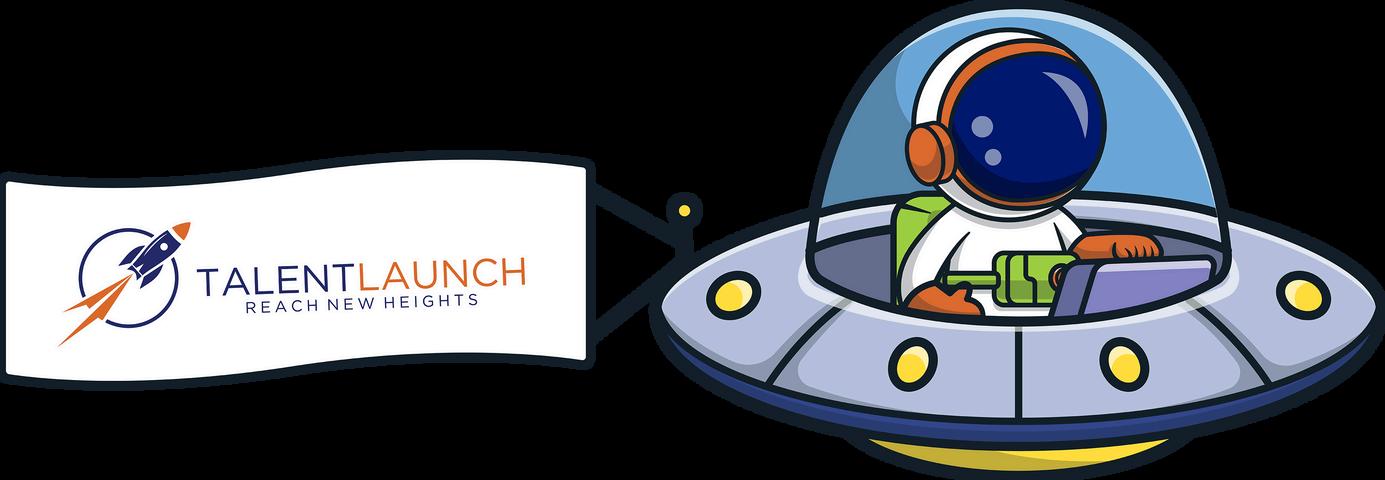




M A T C H T O O P P O R T U N I T I E S
Assessment Tools
The final step to vet skills or fit might be assessments relevant to the job. Check with your leader about which skills and positions your OC uses. The information may be listed on your OC page on the Intranet.
Personality assessments may be employed if the Client wants to ensure that the candidate will enjoy the work and culture at the worksite.
Reference Checks
While not employed by all OCs, some brands in the TalentLaunch Network still use reference checks at the behest of Clients. Check with your OC Leader or your OC page on the Intranet for more information.
You should be able to find all details for which skills assessments and checks to run on each Client within their Client Files tab or Overview tab in Bullhorn.














S U B M I S S I O N
I N T E R N A L
Internal Submitting

Formally submitting to a CM, PL, or BDM is done within the Bullhorn Shortlist.
A recruiter submits a candidate internally when he or she feels the candidate is qualified for and interested in the role. A client manager generally reviews the internal submissions and determines whether to submit to the client. In some practice areas or brands, recruiters are responsible for the client submission as well
Internal submissions to starts will look different depending on your location and industry, but a good rule of thumb is not to deviate too far from 3 internal submissions : 1 start.
It's important to keep candidates informed throughout the process to manage their expectations. An internal submission does NOT mean they will be hired They may need to do additional interviews before a decision is made. These simple, but easy-to-overlook steps can easily help you to contribute to the Practice Area’s brand reputation in the community.
Regular Comms
Keeping Talent Engaged Througho Process
Regular communication and timely follow essential to keeping candidates engaged throughout the recruitment process Con tion ensures that candidates feel valued a reducing the risk of losing them to compe
Benefits of Regular Communication:

Engagement: Frequent updates keep candidates interested and engaged in the process
Transparency: Regular communication provides transparency, helping candidates understand where they stand and what to expect next
Relationship Building: Consistent contact helps build a stronger relationship, making candidates feel valued and respected
Best Practices:
Scheduled Updates: Establish a schedule for regular updates and stick to it. Even if there is no new information, a brief check-in shows you are attentive.
Prompt Responses: Respond to candidate inquiries promptly. Timely responses demonstrate your commitment and professionalism.
Feedback: Provide constructive feedback at each stage of the process. Feedback helps candidates understand their performance and areas for improvement.
Closing the Loop: Always follow up after interviews or significant milestones to keep candidates informed about the next steps.
Click here to view the Sense Touchpoint Outline on the Marketing Intranet Page




C L I E N T S U B M I S S I O N
Client Submission
In many brands, a CM, PL, or BDM will be the one to determine if the Candidate will be submitted to the Client for review.
But there are circumstances where the Recruiter may be doing so. Check with your Leader on your brand’s workflow.
If all goes well, one (or a few) of the candidates you submitted internally will end up being chosen by the Client, offered the position, and if they accept, will be placed out on assignment, or be hired on directly to a new job!
The next couple of pages outlines a rough expectation of the process, should a Recruiter on your team be the one crafting offers and negotiating pay.

Crafting Job Offers
Key Components of an Effective Job Offer
Crafting a compelling job offer is essential to securing top talent and ensuring a positive candidate experience. An effective job offer clearly outlines the terms of employment and highlights the benefits of joining your organization Check with your Practice Leader if you’ll be making offers.
Key Components:
Clear Job Title and Description: Ensure the job title is clear and the description accurately reflects the role and responsibilities.
Compensation Package: Provide detailed information on hourly, salary, bonuses, and any other financial incentives
Benefits: Highlight key benefits such as health insurance, retirement plans, paid time off, and any unique perks your company offers
Work Schedule: Clearly state the expected work hours, including any flexibility or remote work options.
Start Date: Specify the proposed start date and any contingencies related to it.
Conditions of Employment: Include important details such as personal protective equipment (PPE) provided or required, probationary periods, confidentiality agreements, and any required pre-employment screenings.
Company Culture and Values: Reiterate your company’s culture and values, and how the candidate will fit into the team.
Acceptance Instructions: Provide clear instructions on how to accept the offer, including deadlines and contact information for any questions.
By including these key components, you ensure that your job offer is comprehensive, clear, and appealing to the candidate, increasing the likelihood of acceptance
Negotiation Techniques
Handling Talent Concerns & Expectations
Effective negotiation is crucial in addressing candidates' concerns and aligning their expectations with your organization's offerings Successful negotiations ensure both parties are satisfied and foster a positive start to the employment relationship. Ask your Practice Leader if you’ll be negotiating.
Techniques for Successful Negotiation:
Listen Actively: Understand the candidate’s priorities and concerns by listening carefully and empathetically.
Be Prepared: Know your company’s policies and the flexibility you can offer regarding salary, benefits, and other conditions.
Stay Positive: Maintain a positive and collaborative tone throughout the negotiation process. Highlight Value: Emphasize the non-monetary benefits of the position, such as career growth opportunities, company culture, and work-life balance.
Seek Win-Win Solutions: Aim for solutions that satisfy both the candidate’s needs and the organization’s capabilities
Be Transparent: Clearly communicate the rationale behind your offers and limitations.
Know When to Compromise: Be willing to make reasonable concessions while ensuring that the core terms align with your company's policies.
By employing these negotiation techniques, you can address candidate concerns effectively, set realistic expectations, and secure a mutually beneficial agreement




O N B O A R D I N G I N T E G R A T I O N
Onboarding New Hires
Initial Meetings & Expectations Setting; Orientation Programs & Training
A structured onboarding process is essential for integrating new hires into your organization and setting them up for success Effective onboarding helps new employees feel welcomed, informed, and prepared for their new roles. Sometimes a Recruiter does this, and sometimes it may be a Market Coordinator, CM, or combination
Initial Meetings and Expectations Setting:
Welcome Meeting: Conduct a warm and welcoming initial meeting to introduce new hires to key team members and provide an overview of the company
Role Clarity: Clearly outline job responsibilities, expectations, and performance goals. Ensure new hires understand how their role contributes to the organization’s success
Resources and Tools: Provide access to necessary resources, tools, and systems they will use in their daily tasks, and what the milestones will be in integrating with the Client team (tour, onsite assessment, first day, length of temporary status if pertinent)
Orientation Programs and Training:
Orientation Program: Implement a comprehensive orientation program that covers company policies, culture, values, and administrative details; This custom tailored solution should be housed in the Client Files tab (and in relevant fields in the Overview tab) to share with the Network, not in a Google Drive.
Job-Specific Training: Provide detailed training tailored to the new hire’s specific role, including hands-on training, shadowing, and mentoring opportunities
Continuous Support: Offer ongoing support through regular check-ins, feedback sessions, and opportunities for professional development
Cultural Integration: Encourage participation in team-building activities and social events to help new hires integrate into the company culture.
By focusing on thorough onboarding, you can ensure that new hires are well-equipped to succeed in their roles, feel connected to the organization, and remain engaged and motivated
The Hand-Off
Co-employment and Staffing for temporary and temp-tohire opportunities has the potentiality to be very confusing and impersonal for the Talent your Practice Area is putting out to work
Luckily, with a good process, good expectations can be set, and no details should be missed. Check with your leader for nuances in your Practice Area’s process:
Recruiter: Sends a Welcome Letter to the Talent with assignment details and an introduction to the CM/PL/BDM they will be working with ongoing.
CM/PL/BDM: Introduces the Talent to necessary Client entities, adding their name in any relevant Bullhorn fields to indicate their management of the Talent going forward.
CM/PL/BDM: Provides timekeeping instructions, the Practice Area policies and info (site access, security requirements, safety guidelines, et al)
Recruiter: Reaches out to Talent in the morning to ensure they arrived
CM/PL/BDM: Reaches out to Talent to see how the first day went, and to the Client to determine if the service provided was as expected.
CM/PL/BDM: QC Calls to Client and Talent on days 5, 15, 30, 45, 60, and 90 (many of these touchpoints may be automated, but ensure you’re not missing responding to any inquiries in between or in response to these messages; Also check your spam folder if your message alerts have been too quiet
CM/PL/BDM: Intermittently, these team members will apply coaching (performance AND behavior) for success, providing necessary (even positive) feedback to create a great experince for all involved.
CM/PL/BDM: At 90 days, email a letter of achievement and recognition to the Talent, check in on skill enhancement, and pursue a Pay/Bill increase as necessary.
CM/PL/BDM: At end of assignment, determine if the Talent will be hired on perm or if they’ll need our services for redeployment and another opportunity. This is a great time to pass Talent back to the Recruiter. The offboarding process deserves care too!
Continuous Improvement
This is your opportunity to grow professionally as much as it is to grow a book of business for a given Practice Area!
Leverage all that you’ve learned, come back to your resources early & often in your first 6 months -- there will be plenty of details you’ll uncover with each reading.
Use your PowerBI reports & Great Recruiter and evaluate and analyze your KPIs and feedback loops with your leader -- use the “Drill Through” function everywhere you can, see what additional knowledge your supervisor can impart from their experience.
Seek feedback on how newer Talent are faring with the rest of the team; Ask about new Clients and Client Contacts/Hiring Managers and their preferences, and never hesitate to reach out to the Client Manager to check in on the Talent Placerd if you built a strong connection.
Remember: Your team couldn’t expand the business without all of the Leads you’re bringing to the table, and you wouldn’t have any great new opportunities to offer your ever-expanding Talent Database without an amazing team for support -- you have the knowledge and the ability, and it’s all fine tuning from here!
Click here to view the 225 & 266 Great Recruiter Guides on the Recruitment Flight Deck page





A P P E N D I C E S
Templates & Forms
Official forms are all featured in the Google Template Gallery:
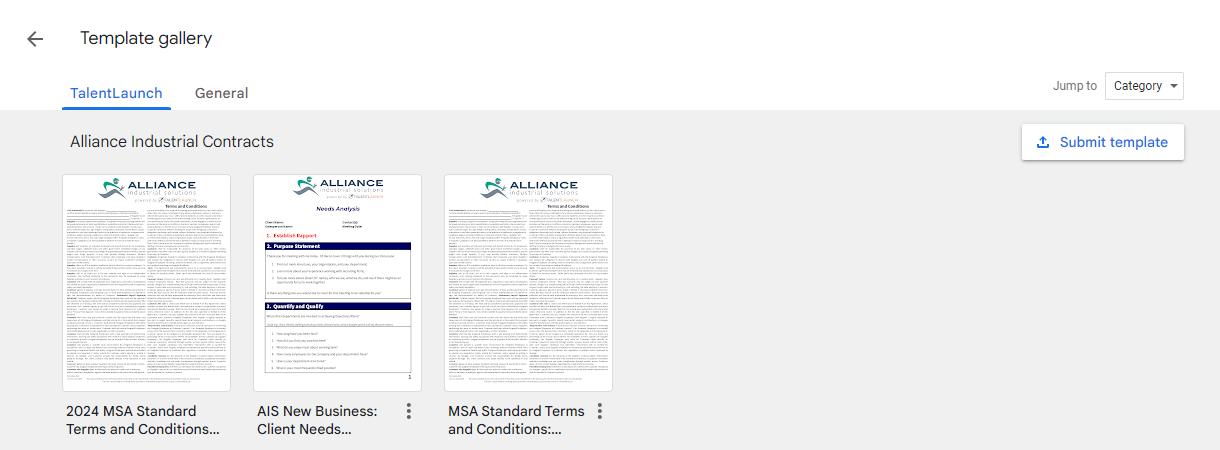
All Templates should be kept within Bullhorn You can use other colleagues’ shared templates as well (just keep your personal templates private if not sharing) Here you can find Note Action Type Templates, such as for your ICV
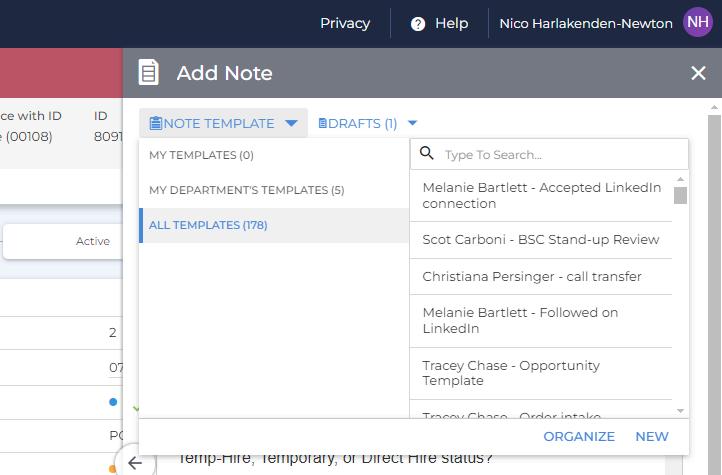
And in the bottom right corner of the drop down menu you can see how to organize your old or create new templates Templates serve to save you time, and swiveling to other software to store templates usually results in loss of efficiency and loss of your own time
Templates & Forms
It is best practice to do the same for all messages (email & sms) for the same reasons.

These are great for different touch points or thought pieces relevant to Sales prospects, client contacts, and leads, as well as for Talent touchpoints, assignment sheets, onboarding and pre-employment screening notification, tour location and times, and more




G L O S S A R Y
Bullhorn Definition Sheets
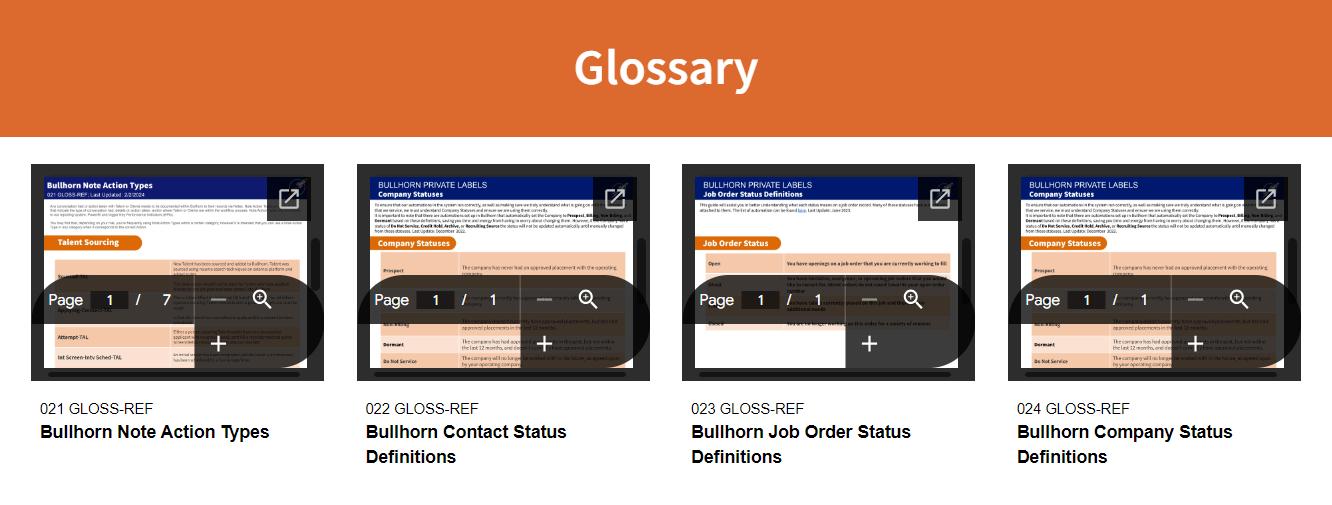
Please check out our most updated Bullhorn definitions in the Glossary documents on the Flight Deck -- if you use the page for any future references, you’ll always be sure to be operating off of the most recent definitions.
Bullhorn Action Types: Notes
Bullhorn Action Types: Placement End
Bullhorn Status Definitions: Company
Bullhorn Status Definitions: Contact Records
Bullhorn Status Definitions: Job Order
Bullhorn Status Definitions: Shortlist
Bullhorn Status Definitions: Talent Availability
And coming soon: Required Fields Guides!


